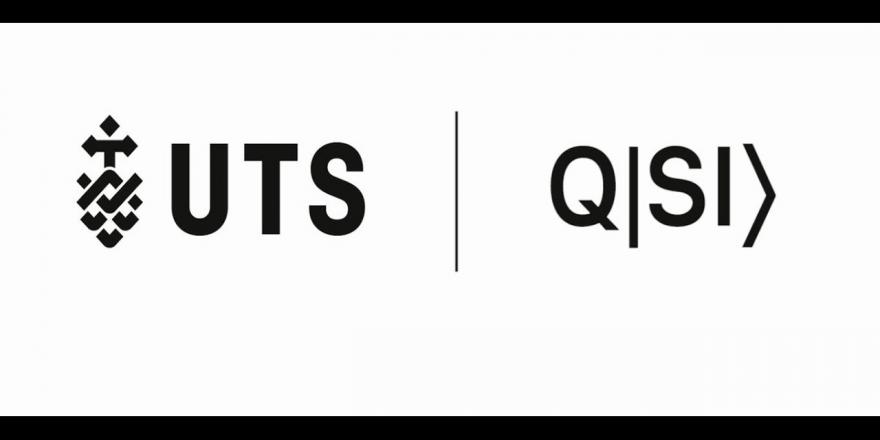
Q|SI⟩ is a programming environment designed to enable participants to develop software using a universal quantum programming language. A ground-breaking environment, Q|SI⟩ offers high-end development tools to software engineers, expanding their application development capabilities.
“Q|SI⟩ for the quantum computer is similar the building for the ground. Without the ground, the building can’t be built, and the result is a building that will lose its functions.”
Q|SI⟩ is unique, because compared with other programming languages that have been developed, the stakeholders of Q|SI⟩ are the quantum researchers coming from mathematics, physics and other computer science backgrounds. Researchers enter with little software development expertise, yet armed with what is available in the platform, they will still be able to develop the applications they need. Secondly, at Q|SI⟩, we believe that quantum programming is not only about the language, translation or execution, but also about the opportunity of implementation within the classical computer.
The compiler is a core pillar, being the most important component for both the classical and quantum computer.
“Q|SI⟩ is unique in the following two aspects, so Q|SI⟩ has a tool for Verification of Quantum Programs, it also has a tool for Termination Analysis.”
Quantum hardware is still in its infancy, with regards to industry accessibility and need. Q|SI⟩aims to build a bridge between the hardware available, and the present and future quantum industry requirements. Q|SI⟩ enriches hardware computation through the quantum data type, and quantum operation, as well as breaking through several constraints using compilation techniques.
I.T. partners globally are pursuing ‘write once, run everywhere’ in classical programming, and we have the same target in the quantum realm. Q|SI⟩ features includes support of the quantum while-languages, bringing a broad range of communities into program design. Along with this, the space offers a set of extendable quantum programming interfaces such as:
- Simulation of quantum computation
- Optimisation of quantum circuits
- Analysis and verification of quantum program tools
- Driving real quantum hardware and
- Compilation of low level commands
Quantum entanglement and superposition are counter-intuitive for most programmers. Previously, only quantum researchers could write and research some segments of quantum programs. However, in Q|SI⟩, general programmers can write and test their code and algorithms, opening up the bridge for a diverse community to cross into the future.
“It is of critical importance for the centre to develop quantum software tools to help grow the community to understand quantum computing better. The motivation of our centre is to become a world leader in quantum software and information technologies and to see the great impacts of quantum computing in science, engineering and education. So far, our centre has achieved breakthrough research and established a solid role in the community.”
Quantum computers might take another five to ten years to be practical, but future quantum devices and intermediate quantum computers are already at our doorstep. Now, more than ever, the need for software to program these devices is evident.
The Q|SI⟩ platform will also allow different parties with different skillsets to collaborate. Why? Because you don’t need to understand quantum physics to get the ticket to enter. Q|SI⟩ allows people with a more traditional software engineering background to be able to develop quantum programs or applications for quantum computers. Not only that, it will allow participants to more easily work with the hardware vendors who are actually developing the hardware underlying quantum computers.
Collaboration between end-user application developers and the hardware developers creates advantages in the development of more user-friendly hardware and more adaptable software. In turn, this makes the Q|SI⟩ platform all the more useful, for a diverse range of people and a key component in the evolution of a superior quantum world.
At a pivotal time to be entering this new realm, Q|SI⟩ gives stakeholders a better understanding of quantum computing and revolutionary access to investment advice for decision makers.
“We hope this Q|SI⟩ toolbox to help Australian or international societies to be well aware of the enormous effort that UTS has contributed to the quantum software researchers to solve it and to join us to explore the power of quantum computing by either investing in quantum software research or pursuing a research career.
The Q|SI⟩ team welcomes you to enter the next generation of quantum computing.
Q|SI> is a platform embedded in .Net language supporting quantum programming in a quantum extension of while-language.
This platform includes a compiler of the quantum while-language and a chain of tools for
- simulation of quantum computation,
- optimization of quantum circuits,
- analysis and verification of quantum programs.
The complete platform is available on Github. Q|SI> can be easily installed on Windows 10 and will support Linux/macOS in the future.
The paper about Q|SI> ‘s architecture and designing is published on arXiv.

